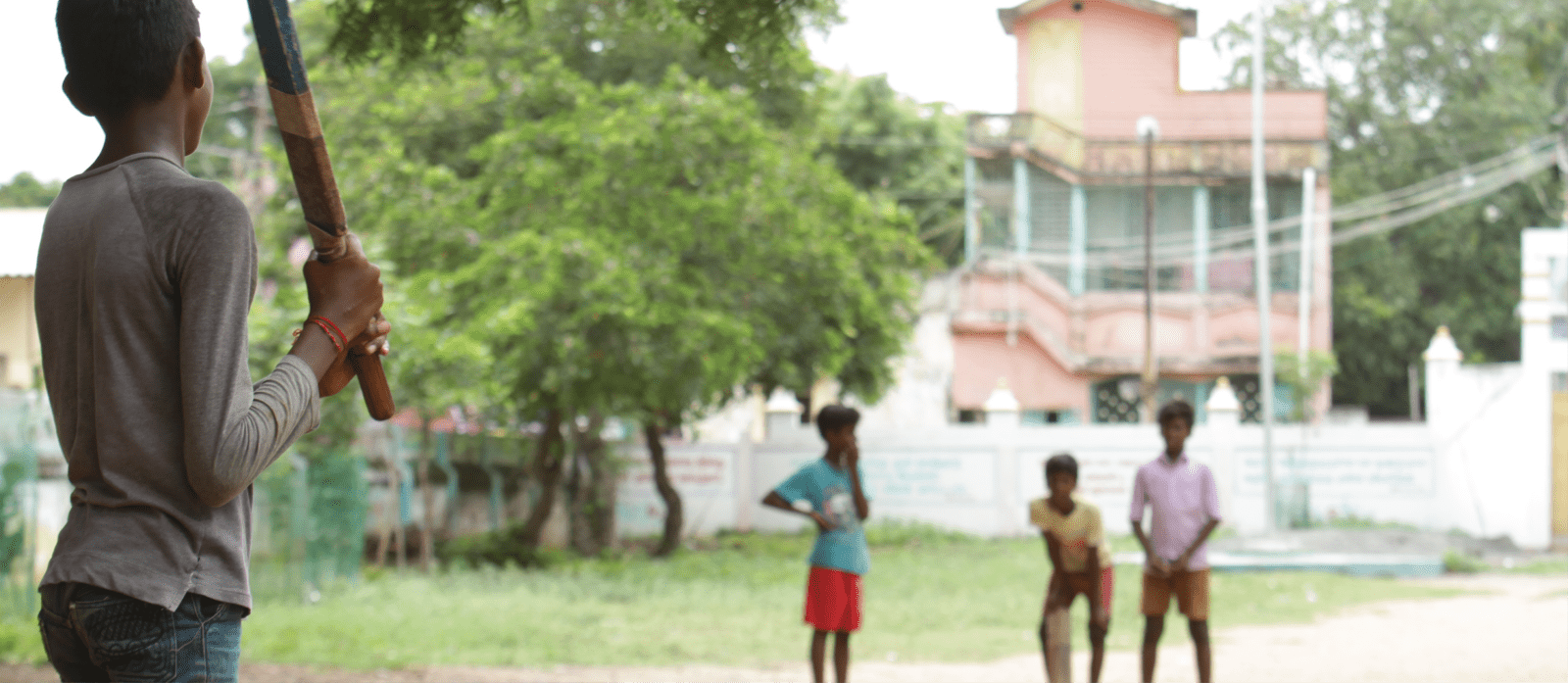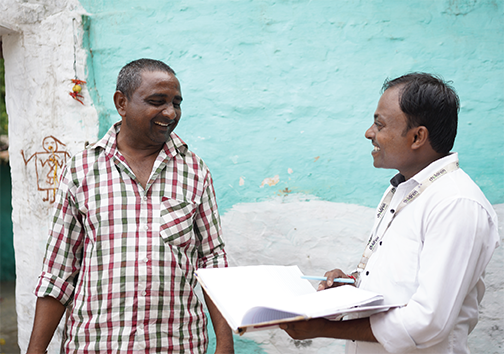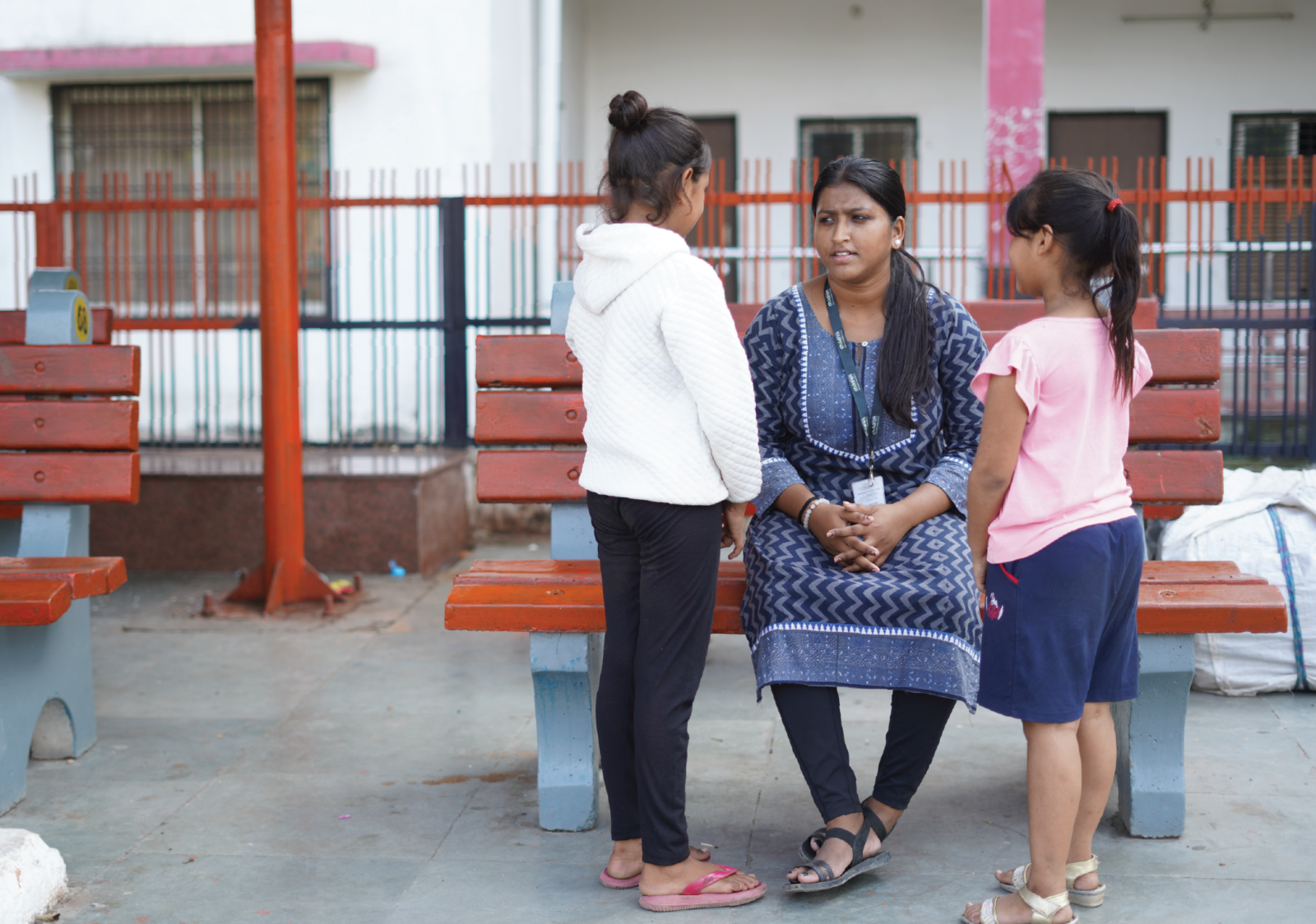I know we’ve come a long way,
We’re changing day to day,
But tell me, where do the children play?
– Cat Stevens
No World for Play
It was 2017, when Delhi High Court’s bench of acting Chief Justice Gita Mittal and Justice C Hari Shankar were hearing a standout plea. The petitioner, then 7-year-old Navya Singh, was demanding a stop on the demolition of her neighborhood’s decades-old children’s park. Calling out the decision of the city’s development authority as an “example of poor planning and wastage of public money”, Ms. Singh not only shed a light on the receding green cover of her neighborhood, but also made a notable case for every child’s right to a safe play space.
In rapidly changing urban landscapes, abandoned playgrounds and demolished parks are becoming a common sight. While citizens and parents make earnest demands to not only retain these spaces but also upgrade and make these spaces fit for use, the administration is often seen turning a deaf ear and lending the space as a parking lot instead.
Around the same time that Ms. Singh took her plea to the High Court, Anthill Creations, a Bengaluru-based non-profit organization took up the task of building low-cost, sustainable playgrounds across the country.
The challenges they faced in setting up these spaces reflect the mindset of society in prioritizing safe places of play for children. To begin with, existing playgrounds were littered with potentially harmful elements such as broken cement pipes, steel rods and more. “It was extremely unsafe because you had wires coming out of the pipes and there were broken pieces of cement lying around. I also saw some boys at school trying to play a game of badminton with their slippers,” describes Pooja Rai of Anthill Creations.
Furthermore, owing to malfunction and disrepair several playgrounds in metropolitan cities are left abandoned, later becoming homes to substance abuse addicts, peddlers and other notorious individuals.
The Urban Divide
An additional factor that comes into play in urban cities is the divide between privileged and disadvantaged families. Families living in gated communities and premium societies enjoy dedicated play spaces right at their doorsteps. Families inhabiting urban slums on the other hand remain the worst hit, living in most vulnerable, unhealthy, and unsafe conditions. Lack of designated play areas further exposes them to several deterrents such as cobbled roads, heaps of unattended garbage, mice infestation, disease-causing mosquitos, absence of street lights, smattering of drunk individuals on the streets.
Children with disabilities rely on home- or school-based play as the only contexts for play. Very few parks and playgrounds allow children with disabilities to play safely. Most schools and community play spaces (parks and public playgrounds) are often designed from the perspective of those without disabilities.
Why Are Safe Play Spaces Important?
Popular belief among parents is that a combination of academics and extra-curricular skills is the gold standard of learning and growing for their children. However, repeatedly, science has proven that this combination is incomplete without uninhibited opportunities of play.
For children, play becomes a vital route of learning and understanding the world and a sense of self. Allowing children to learn and build essential life skills, play enhances the physical, social, cognitive and emotional areas of a child.
In the right, stimulating and safe environment, play can become a mode of learning to strategize. Learning how to engage, observe and react to people and objects is yet another feature of safe play spaces contributing to children’s growth.
Indian policymakers too have focused on this line of thinking with the New Education Policy (NEP) 2020 and the National Curriculum Framework for School Education (NCF) 2023.
According to the 2017-2018 survey of Unified District Information System for Education, less than 57% of schools had playgrounds; however, per the 2021-2022 survey 76% of schools now have playground facilities.
Way Ahead
Having said that there’s a marked improvement, large number of schools that lack a functional and safe play space. To bridge the gap, better collaboration between the government, corporations and playground builders will go a long way.
We are celebrating the very first International Day of Play this year, are you?







